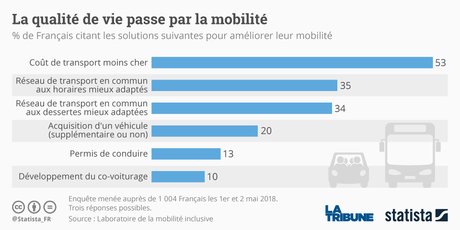Physical Models and Control of the Train Dynamics in a Metro Line Without Junction - IEEE Journals & Magazine
Abstract: We propose a traffic flow and control model for the train dynamics in a linear metro line without junction. The model takes into account time constraints such as minimum interstation running times, minimum train dwell times at platforms, and minimum safe separation times between successive trains. Moreover, it includes a control law that sets the train dwell times at platforms based on the feedback of the train time-headways and of the passenger arrival rates at platforms. We show that the dynamic system converges to a stable stationary regime with a unique average growth rate, and derive, by numerical simulation, the traffic phases of the train dynamics. We compare the obtained traffic phases with the ones derived with an existing max-plus algebra traffic model, and derive the effect of the passenger travel demand on the train dynamics. Finally, we draw some conclusions and discuss perspectives of the proposed approach.
N. Farhi, "Physical Models and Control of the Train Dynamics in a Metro Line Without Junction," in
IEEE Transactions on Control Systems Technology. doi: 10.1109/TCST.2018.2830305
keywords: {Additives;Delays;Dynamic programming;Junctions;Optimization;Physics;Rail transportation;Physics of traffic;railway traffic;traffic control;traffic modeling.},
URL:
http://ieeexplore.ieee.org/stamp/stamp.jsp?tp=&arnumber=8360123&isnumber=4389040



